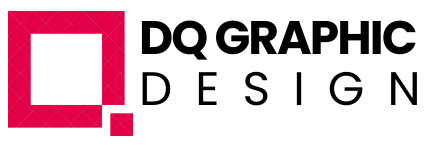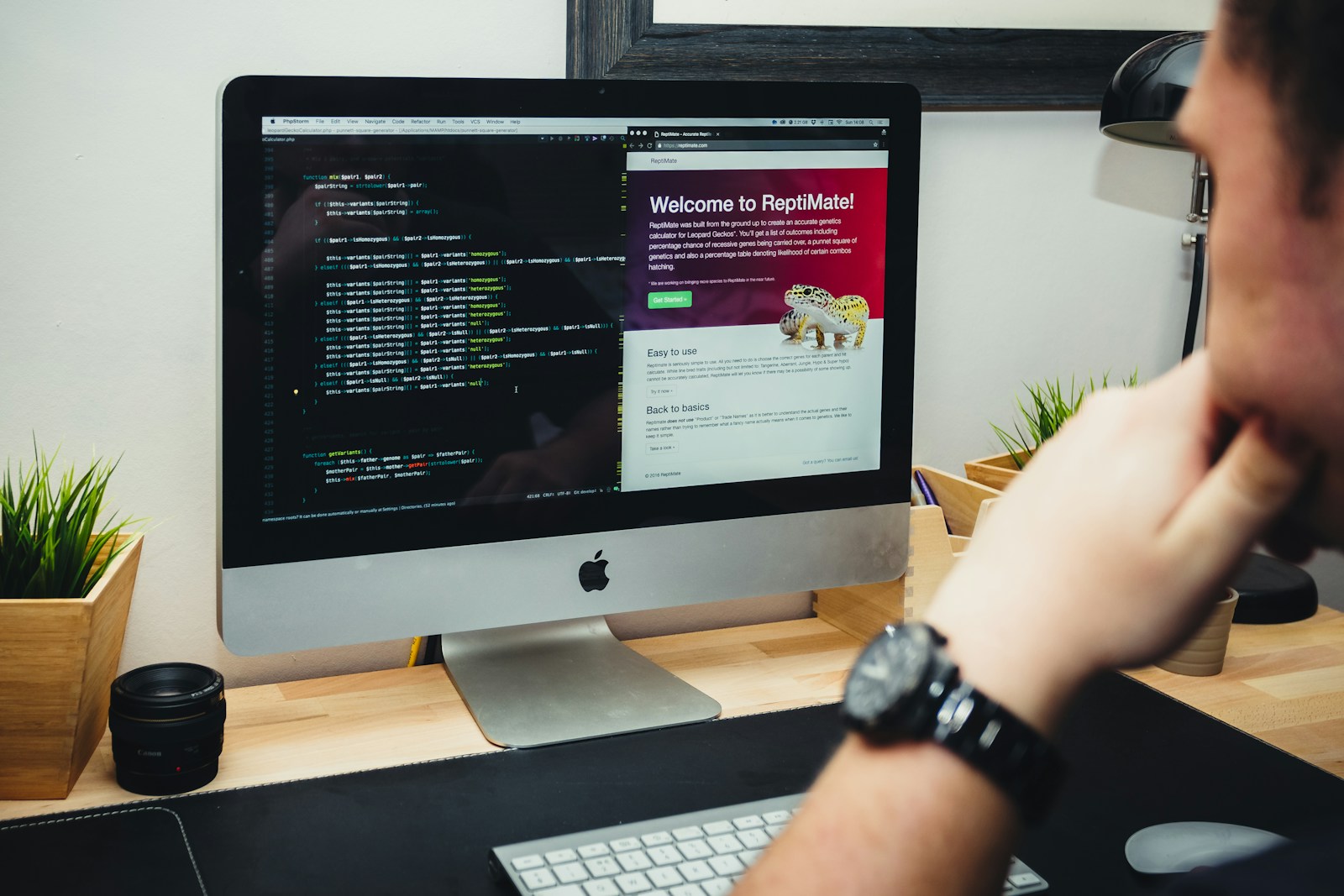A quick-loading website is no longer a luxury—it’s an absolute necessity in today’s digital age. As web design becomes increasingly visual, the challenge of maintaining fast page load times while delivering a rich visual experience has become paramount. Graphic elements, from images and icons to animations and videos, are essential for engaging users, but they can also slow down your website. Learning how to optimize these graphic elements not only boosts your website’s performance but also enhances user satisfaction. Here’s how to fine-tune your website’s visuals for optimal speed without sacrificing quality.
1. Choose the Right Image Format
Selecting the appropriate image format plays a crucial role in optimizing graphic elements. For most web projects, JPEG, PNG, and WebP are the most commonly used formats. JPEGs are ideal for photographs with complex coloring due to their excellent compression capabilities. PNGs are better suited for images that require transparency or have less color data. Meanwhile, WebP, a newer format, offers superior compression and quality characteristics compared to both JPEG and PNG, which can significantly reduce the file size without losing quality. By choosing the right format for each type of image, you can drastically reduce the load time impact.
2. Compress Images Without Losing Quality
Image compression is a critical step in speeding up website performance. Tools like Adobe Photoshop, TinyPNG, or Squoosh can reduce file sizes by compressing images effectively. These tools remove unnecessary data from images without compromising visual integrity. It’s about finding the balance between minimal file size and acceptable quality. Regularly auditing your website for old or oversized images and compressing them can keep your site running swiftly.
3. Implement Responsive Images
As mobile browsing overtakes desktop, ensuring your images look good on all devices is crucial. Responsive images adapt to different screen sizes and resolutions, improving load times and user experience. HTML5 makes this easier with the srcset attribute, which allows developers to specify multiple image files for different screen sizes. This means that browsers can download the most appropriate image, avoiding unnecessarily large files on smaller devices.
4. Use CSS3 Effects Where Possible
Many graphic effects that were traditionally done with images can now be achieved with CSS3. Shadows, gradients, and even complex animations can be rendered in real-time by the browser, which can significantly reduce the number of images your site needs to load. Utilizing CSS for visual effects not only decreases the amount of data your site needs to fetch but also increases the flexibility and scalability of your designs.
5. Optimize Vector Graphics and Icons with SVG
Scalable Vector Graphics (SVG) are an excellent choice for web graphics like logos and icons. Unlike pixel-based images, SVGs are composed of vectors, which means they can scale without losing quality, making them perfect for high-definition displays and zoomed interfaces. SVGs are generally smaller in file size than their bitmap counterparts and can be further optimized by compressing or cleaning up unnecessary data within the SVG file itself.
6. Lazy Load Offscreen and Hidden Images
Lazy loading is a technique that delays loading of images and other non-critical resources at page load time. Instead, these elements are loaded at the moment of need. This means that if a user visits a webpage, only the images visible in the viewport are loaded initially, and other images are loaded as the user scrolls down the page. Implementing lazy loading can dramatically reduce initial load times, improve user experience, and conserve bandwidth.
By adopting these strategies to optimize graphic elements on your website, you not only enhance the site’s speed and performance but also maintain a visually rich user interface. Balancing aesthetics with efficiency doesn’t have to be a trade-off. With thoughtful implementation of image optimization techniques, responsive design practices, and modern CSS capabilities, your website can offer both stunning visuals and stellar performance. Remember, in the race for faster web experiences, every millisecond counts. Optimize your graphics wisely and watch your site speed past the competition.

